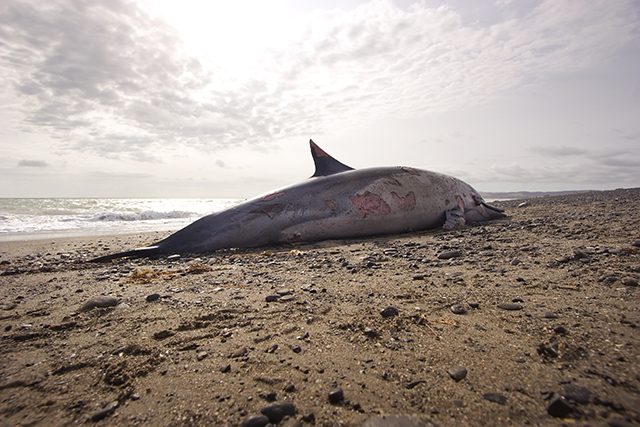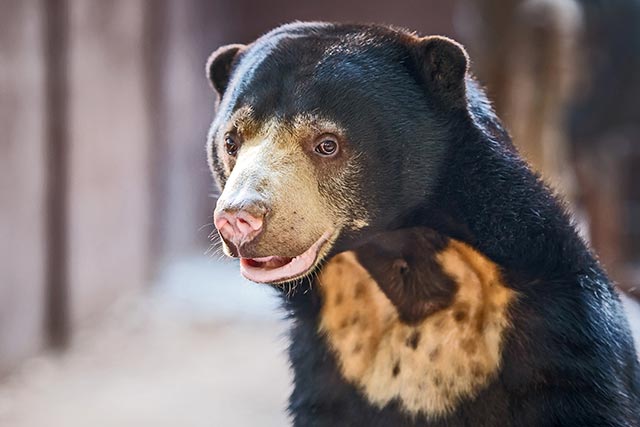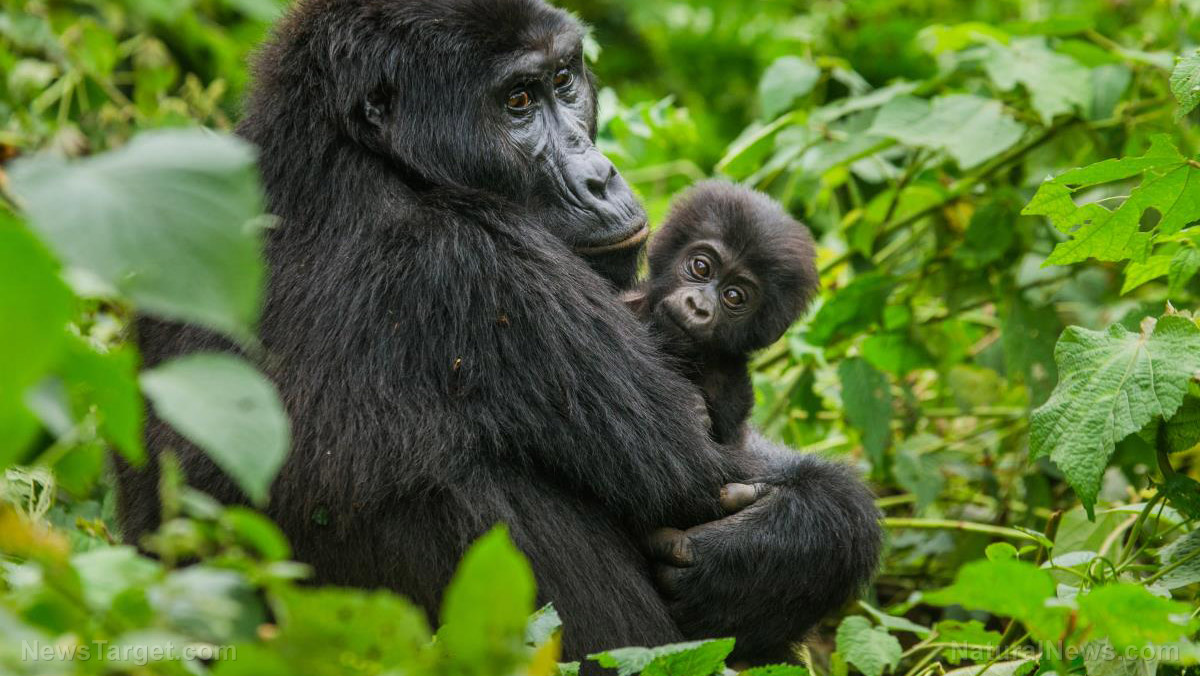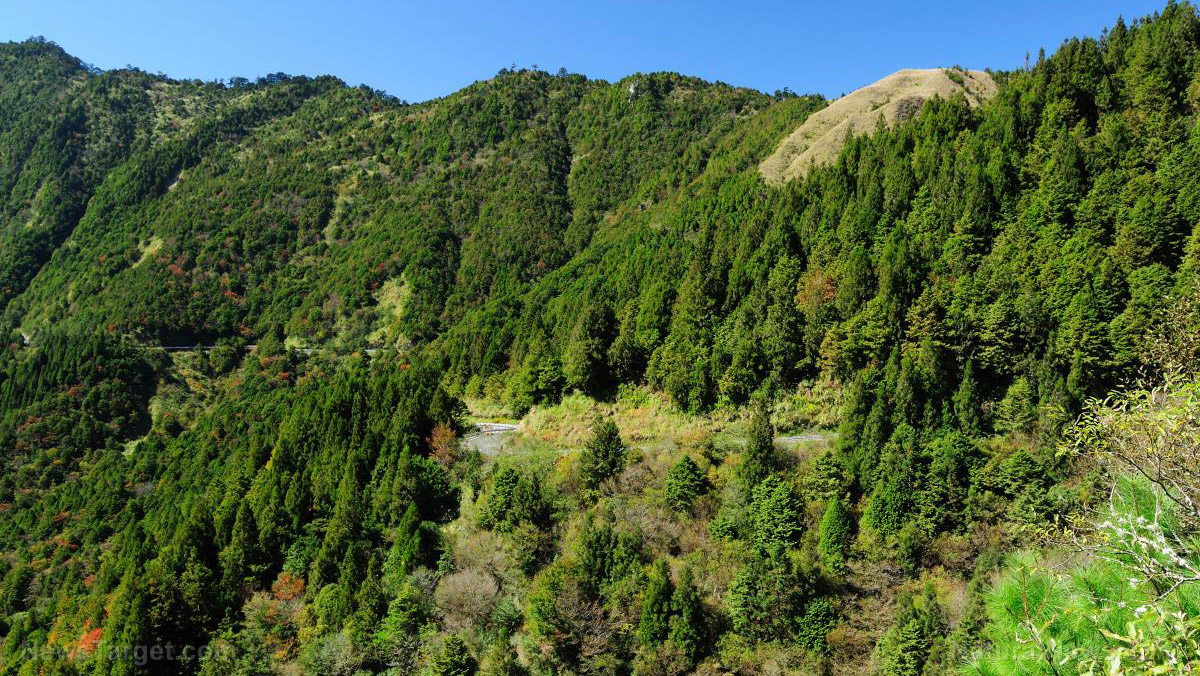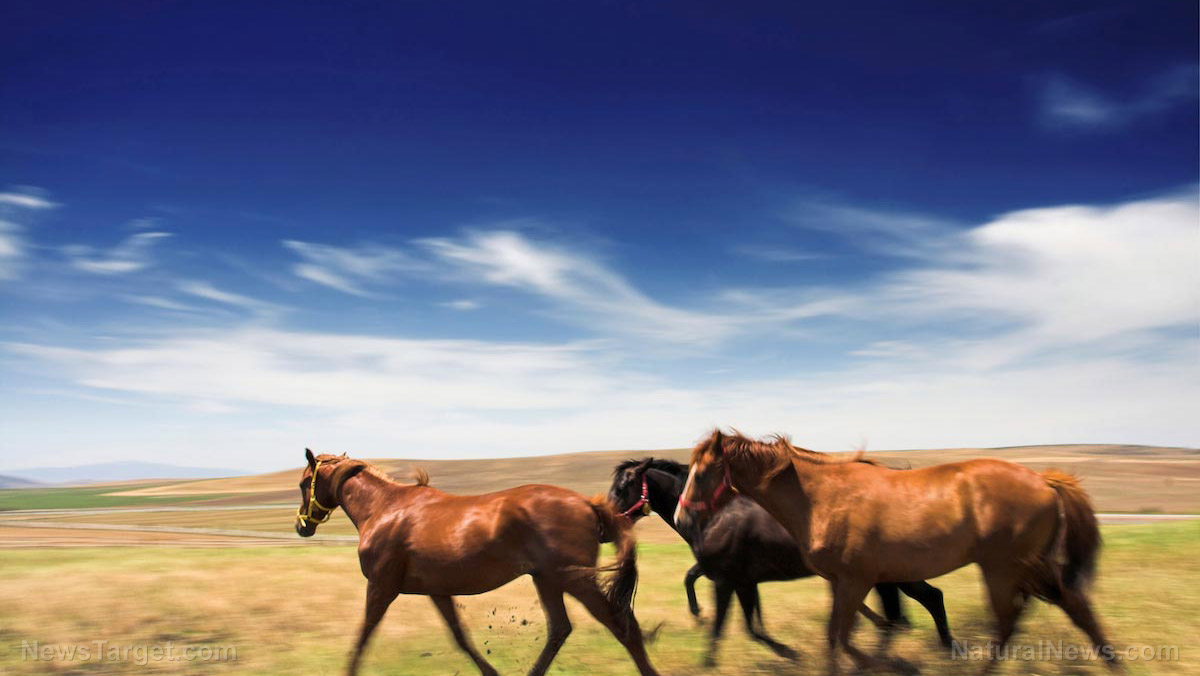Poaching rates DOWN for elephants compared to a decade ago, but they’re not out of the woods yet
11/29/2019 / By Arsenio Toledo
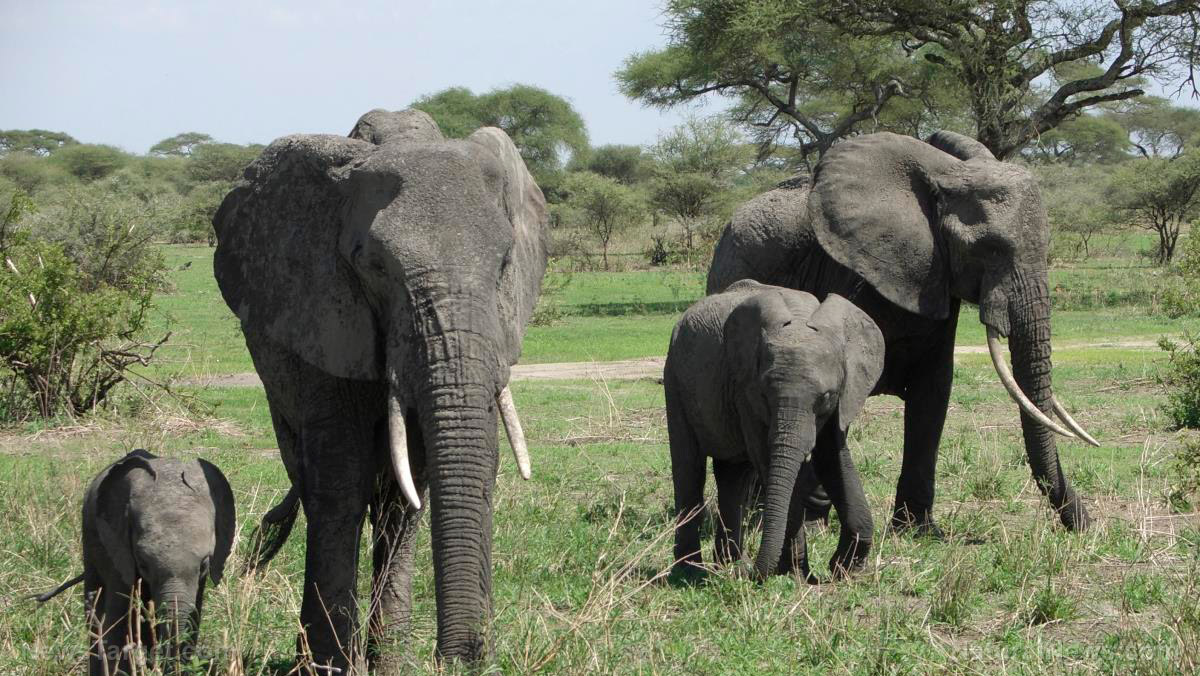
Great news for elephants around the world: Poaching rates have been declining since 2011. But before we celebrate, conservationists point out that more work needs to be done to ensure their long-term survival.
In 2011, more than 10 percent of Africa’s elephants were killed due to poaching. In 2017, that number decreased massively to just four percent, due in part to decreasing demand for ivory worldwide. This number is expected to decline even further due to China totally banning all sales of ivory.
While the number of elephant deaths caused by poaching is declining steadily, around 10,000 to 15,000 of these majestic pachyderms are still being killed by poachers every year. Despite the good news, the current levels are still unsustainable and if the rates don’t rapidly go down, the estimated remaining 350,000 elephants left in Africa could still go extinct in the near future. (Related: Highly intelligent Elephants adopt stealth guerrilla warfare tactics to stay alive by avoiding hunters.)
Massive overhaul is needed to protect the elephants
These statistics come from a study published in the journal Nature Communications on May. The researchers found a link between a decline in the annual poaching mortality rate and the demand for ivory across China. With the ban on ivory sales having taken effect at the end of 2017, the rate of poaching mortality is expected to decline even further.
The researchers were also able to find stark differences in poaching across sites that they surveyed, with a common link being high rates of poverty and corruption in the area. Their study, which recommends further investment in law enforcement, also suggests that increased security alone is unlikely to succeed if it isn’t coupled with the tackling of corruption and poverty.
Severin Hauenstein, one of the researchers, said that “this is a positive trend, but we should not see this as an end to the poaching crisis.” He echoed the results of his study, believing that changes in the political environment are necessary, but that more research needs to be done to fully understand what is driving elephant poaching.
His colleague and part of his team, Dr. Colin Beale, has similar sentiments, stating that “the poaching rates seem to respond primarily to ivory prices in South-East Asia and we can’t hope to succeed without tackling demand in that region.”
The effort has to be global
The assessments of Hauenstein and Beale are similar to that of the World Wildlife Fund (WWF). The WWF sees the decreasing poaching rates as positive news, and China’s ivory ban as a historic milestone in “the ongoing effort to save an iconic species.” However, the demand for ivory is still relatively high and remains a driving factor for the deaths of thousands of elephants per year.
Around 130 million Chinese travel abroad as tourists each year, many of whom visit countries with large ivory markets such as in Thailand, Myanmar, Vietnam and Laos. This number is expected to increase to over 160 million, which may mean even greater demand for ivory, undermining the ivory ban.
Current conservation efforts seem to have made a significant dent in elephant poaching. However, local investments in law enforcement and poverty and corruption reduction can only go so far if global consumer behaviors don’t change. If many other countries around the world still keep their ivory markets open, the elephant may still become a species doomed for extinction.
Sources include:
Tagged Under: animal conservation, animals, China, Ecology, elephant poaching, elephants, environment, hunting, illegal hunting, ivory ban, ivory trade, poaching, wildlife conservation
RECENT NEWS & ARTICLES
COPYRIGHT © 2018 EXTINCTION.NEWS
All content posted on this site is protected under Free Speech. Extinction.news is not responsible for content written by contributing authors. The information on this site is provided for educational and entertainment purposes only. It is not intended as a substitute for professional advice of any kind. Extinction.news assumes no responsibility for the use or misuse of this material. All trademarks, registered trademarks and service marks mentioned on this site are the property of their respective owners.


